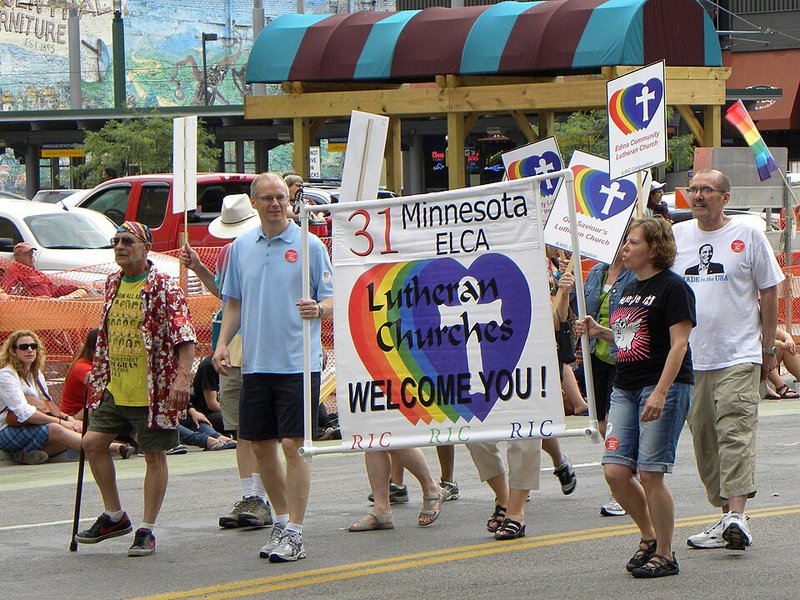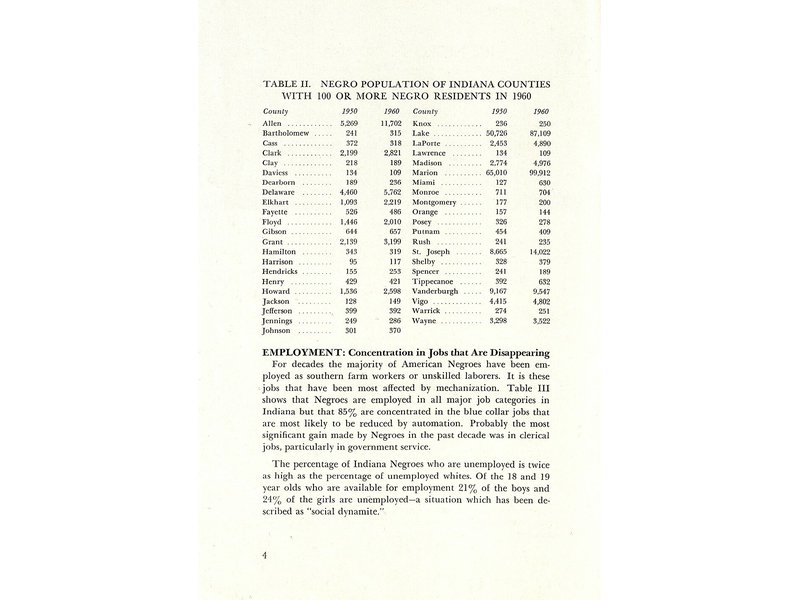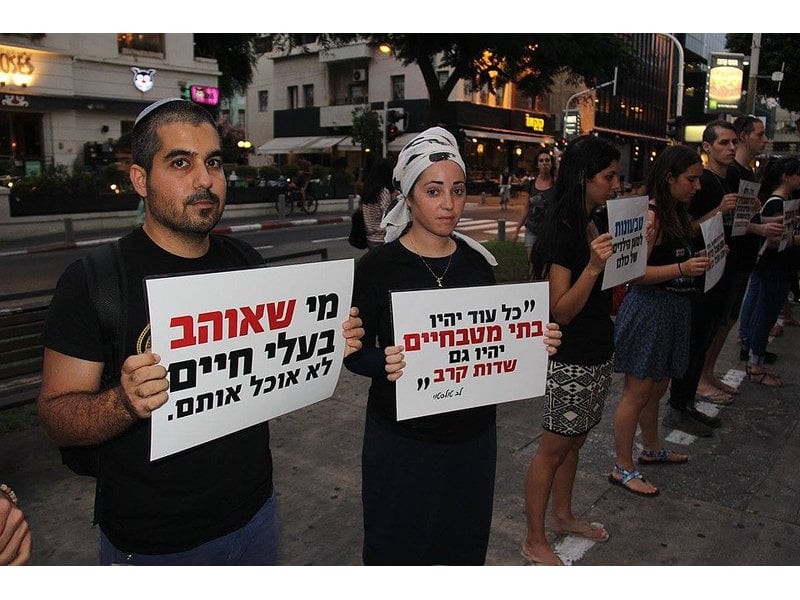063 social disobedience
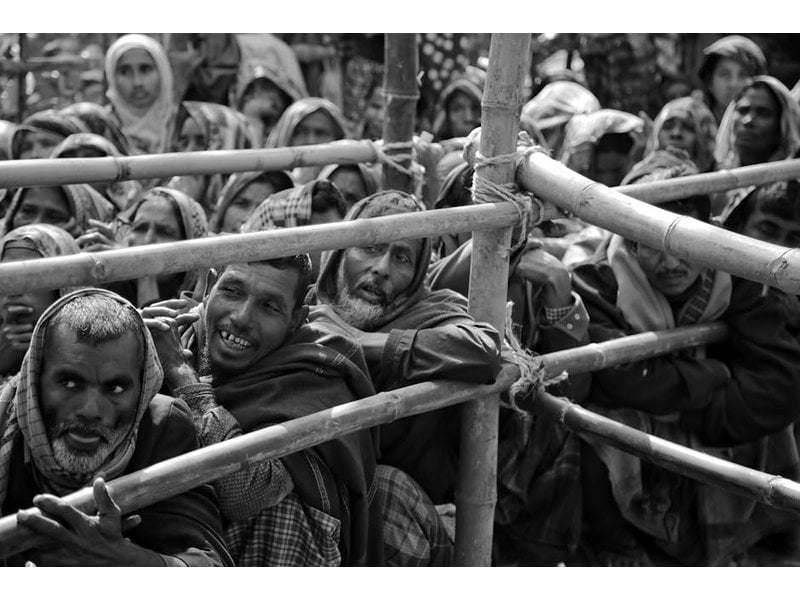
"This is the disobedience of social customs or the rules, regulations, or practices of a nongovernmental social institution (a religious body, club, economic organization, or the like).69 Such social disobedience may take many forms—for example, breaking factory regulations (short of striking) or disobeying ecclesiastical orders or violating standard forms of speech, dress and behavior. In other cases, persons who disapprove of a social boycott against certain people may fraternize with them, thereby practicing social disobedience."...
Potentially problematic matches
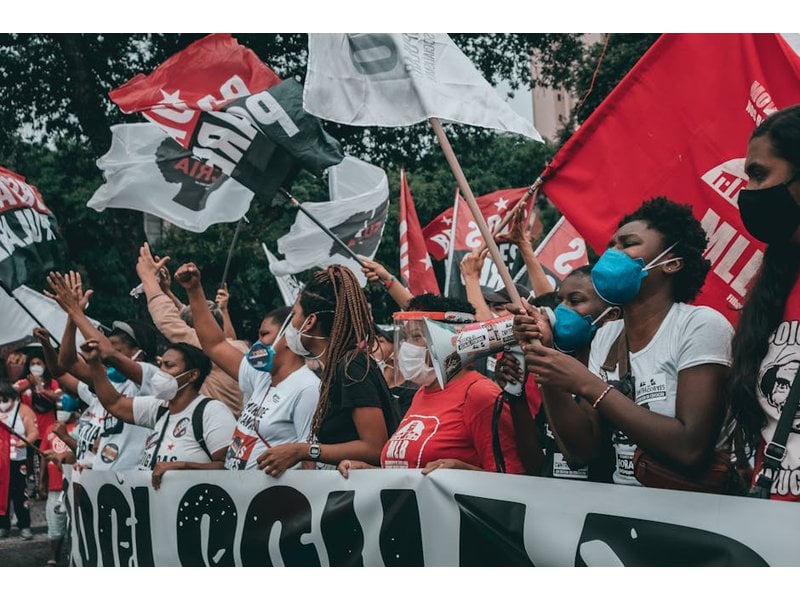
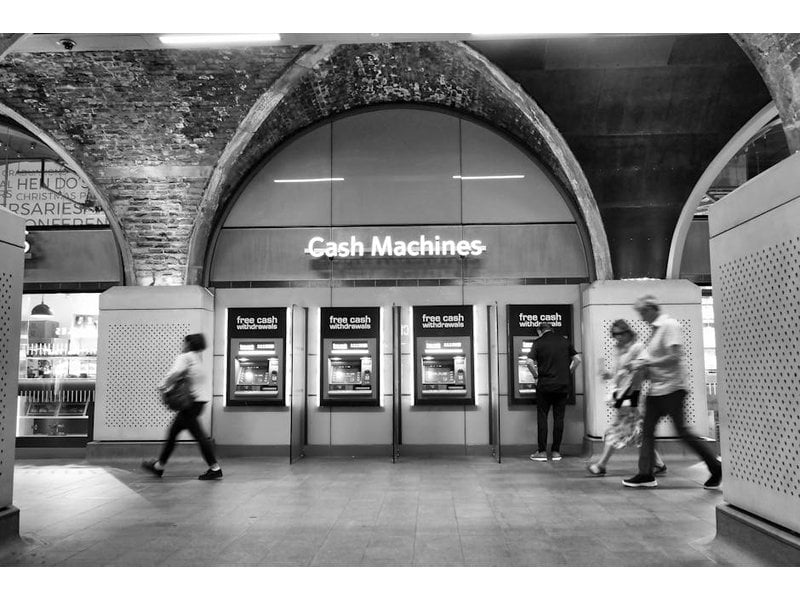
High scoring campaigns using this method
Historical cases from the Nonviolent Action Database that used this method
Shanti Sena (Indian Peace Brigade) intervenes in Baroda language riots, 1965
After India’s independence (for example see, “Indians campaign for independence (Salt Satyagraha), 1930-1931”), tensions between Hindus and Muslims erupted in violent riots in the north of what was an undivided India. At that time, Gandhi had the ide...
British citizens protest apartheid South African sports tours (Stop the Seventy Tour), 1969-1970
The world voiced its opposition to the National Party’s apartheid government ruling in South Africa in a new way in 1964. International sports tours and matches had become a focal point of cultural identity for whites in South Africa. Victories, to t...
Kumaon villagers campaign against British forest regulations, 1916-1921
From 1916 to 1921, villagers in Kumaon in northern India set hundreds of forest fires to protest the colonial British state’s increasing regulations of the natural environment.\n\nRural residents of Kumaon depended on forests as a source of firewood ...
African Americans campaign for voting rights in Selma, Alabama, USA, 1965
Even after the passage of the Civil Rights Act of 1964, most African Americans in the southern United States were still unable to vote because of registration requirements such as literacy tests and slow registration processes. In Selma, Alabama the ...
British win repeal of Poll Tax (flat tax), 1989-1990
Margaret Thatcher was reelected for her third term in 1987. One of the changes she promised to implement was to levy a flat tax that she called a “Community Charge,” although it became popularly known as the poll tax. A flat tax means that everybody,...
Freedom Riders end racial segregation in Southern U.S. public transit, 1961
In 1947, the Congress of Racial Equality (CORE) conducted a “Journey of Reconciliation” to direct attention toward racial segregation in public transportation in the Southern U.S.A. Although this initial freedom ride campaign was not regarded as a gr...
Senegalese mothers in Malicounda Bambara end female genital cutting in their village, 1997-1998
The practice of female genital cutting (FGC) or circumcision has been a prevalent tradition in many African nations for generations. The practice, which involves removing the clitoris or entire external genitalia of young girls without anesthetic, is...
Peace People march against violence in Northern Ireland, 1976
In the 1960s, Northern Ireland began a period of ethno-political conflict called the Troubles. Through a series of social and political injustices, Northern Ireland had become a religiously divided society between historically mainland Protestants an...
Cameroonian women use Anlu for social and political change, 1958-1961
In 1958 the women farmers of the Kom and Kedjom areas of the Western Grassfields, now part of modern day Cameroon, were angered by a number of changes which they interpreted as systematically decreasing the power of women farmers. These included the ...
Transgender activists end policy of gender markers on Philadelphia public transit
In 2007, a 46-year-old African American transwoman, Charlene Arcila, was told that she could not use her SEPTA commuter pass to board the bus she regularly used to get to her job in Philadelphia.\n\nThe Southeastern Pennsylvania Authority (SEPTA) req...
Low scoring campaigns using this method
Historical cases from the Nonviolent Action Database that used this method
Cambodia's Dey Krahorm villagers resist forced eviction 2005-2009
In the 1980's, after the Khmer Rouge lost control of much of Cambodia, displaced people flowed back into the capital city of Phnom Penh. Returnees created new settlements and villages when vacant housing was no longer available. One group of returnee...
Chicago students, teachers protest school closings, 2013
21 March 2013 Chicago Public School officials announced a plan to close 54 schools with the goals of reconciling a $1 billion dollar deficit, making better use of resources, and improving education. District CEO Barbara Byrd-Bennett and Chicago Mayor...
Naga campaign for leader to return to the Manipur Region, 2010
The Naga people have been entrenched in a largely violent struggle with the Indian government since the 19th century in an attempt to unify and secure the independence of areas in northeast India that are primarily populated by members of the Naga co...
Palestinians wage nonviolent campaign during First Intifada, 1987-1988
EDITOR'S NOTE: Regarding the First Intifada as "nonviolent" is controversial because of the violence that accompanied the campaign. Aden Tedla's narrative does not try to hide the violent dimension. Three considerations lead us to include the case in...
Art Workers’ Coalition demonstrates for artists’ rights, 1969
In the late 1960s and early 1970s, many artists, particularly visual artists in New York City, struggled to contextualize their work in an era filled with civil rights, labor, and anti-war campaigns. Artists reconciled their non-representational artw...
Sex workers strike for rights in El Alto, Bolivia
On 14 October 2007, citizens of El Alto, Bolivia demanded that all bars and brothels facilitating sex work be located at least 3,200 feet away from schools, because they believed that the establishments were facilitating crime in the area. They then ...
